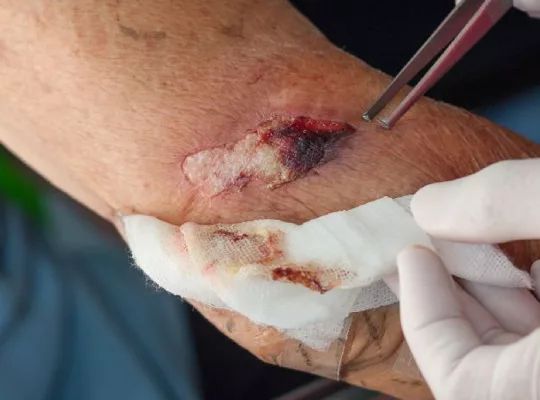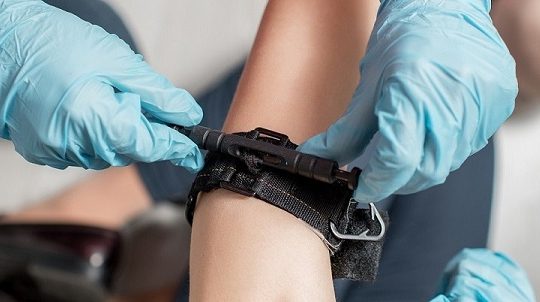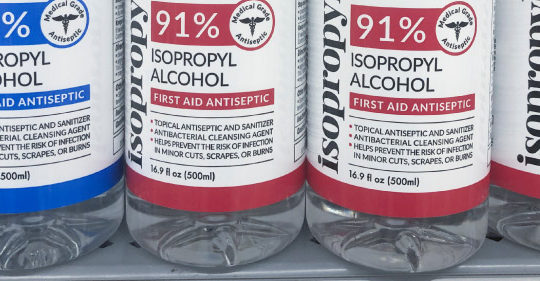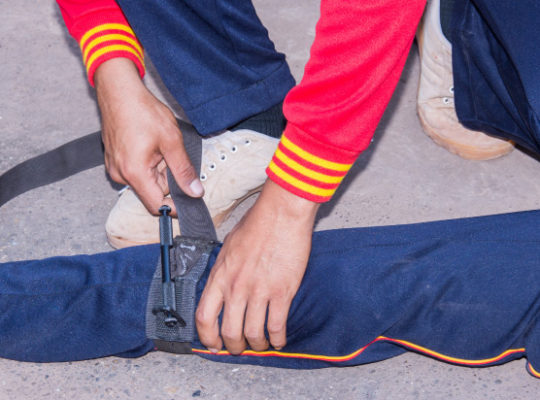Types of Cuts: Why a Pin-Sized Hole Won’t Stop Bleeding
Cuts and lacerations are common injuries that everyone experiences at some point. These wounds vary in type and severity, ranging from superficial abrasions to deep lacerations. Puncture wounds, such as a pin-sized hole, can be deceptively problematic. Despite their small size, they often bleed persistently and pose unique challenges in wound management. The persistent bleeding …




